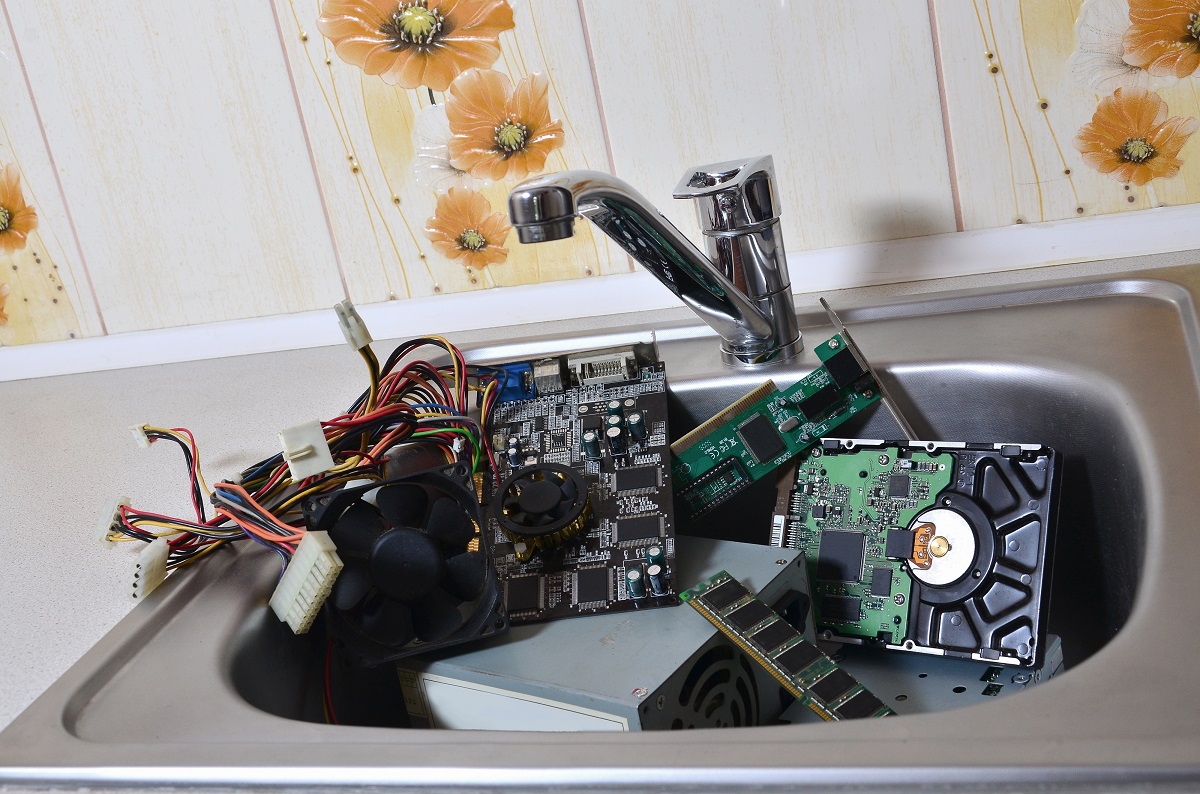
Transfer of e-waste
Also responsible for the rapid growth in production and consumption of EEE is the infiltration of product markets into developing countries as well as rapid evolution of products replacements in developed countries (Lundgreen, 2012). WEEE is consistently transferred from developed countries to developing nations for the indicated purpose of re-use. These re-use exports flaunted as a means to bridge the “digital divide” and fill the need of individuals in the developing world to be technology savvy could actually be a means of converting these developing nations to a “digital dump” (BAN, 2007).
Producers' Responsibility
EPR facilitates upstream improvements in the design and manufacture of products. Since EPR make producers responsible for the end of life (EoL) of their products, that way they are obliged to reduce the adverse environmental impacts that could be associated with their products during the design and production phase (OECD, 2001). EPR has therefore promoted the use of eco-design strategies to incorporate environmental considerations into product manufacture at the design stage (Lindqhvist, 2000). The specification of minimum recycling standards from EPR models has brought about the incorporation of recovered materials into production of new products and this conserves resources.

